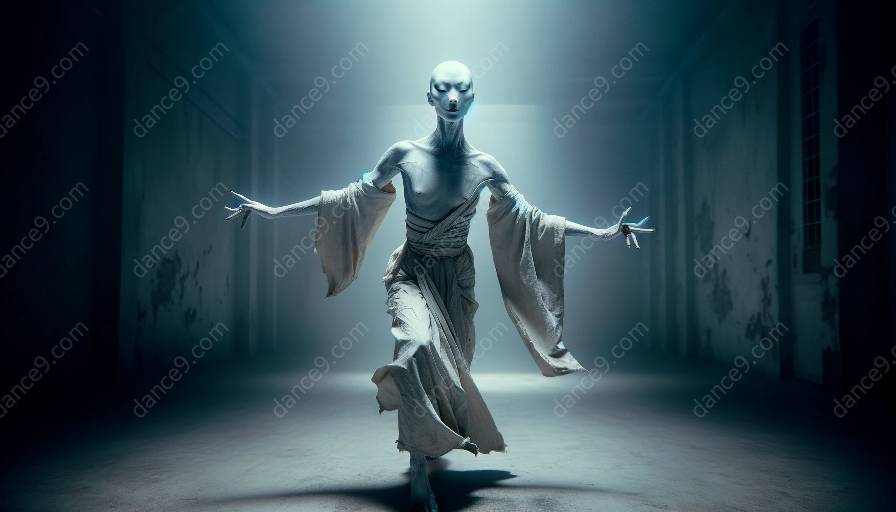The Origins of Butoh Dance
Butoh is a form of Japanese contemporary dance that was developed in the late 1950s by Tatsumi Hijikata and Kazuo Ohno. It emerged in post-war Japan as a reaction to the Western influence on traditional Japanese arts and culture. Butoh is often characterized by its avant-garde and rebellious nature, as well as its focus on exploring the taboo and the grotesque.
Philosophical and Cultural Influences
One of the major cultural influences associated with butoh is the concept of 'ma,' which refers to the space between events. This idea of 'ma' is deeply rooted in Japanese aesthetics and has influenced the slow and deliberate movements in butoh dance. Additionally, butoh draws inspiration from Japanese mythology, Zen Buddhism, and the concepts of impermanence and the body in flux.
Impact on Western Dance
Butoh has had a significant impact on the Western dance world, particularly in the realm of contemporary dance. Its emphasis on the unconventional and the exploration of the darker aspects of human experience has influenced choreographers and dancers worldwide. Moreover, the cultural exchange between Japan and the West has led to the fusion of butoh with other dance forms, resulting in unique and innovative styles.
Contemporary Expressions of Butoh
Today, butoh continues to evolve and adapt to contemporary cultural contexts. It has become a global phenomenon, with practitioners from diverse backgrounds incorporating butoh's principles into their artistic expressions. The cultural influences associated with butoh continue to inspire choreographers, performers, and audiences, creating a rich tapestry of dance that reflects the complexities of the human experience.













































































